Quick Links: About Us - Contact Us

The story of Belizean cuisine doesn’t begin in the kitchen — it begins at dawn, in the open-air markets that dot towns and cities across the country. While street food often steals the spotlight, what truly powers Belize’s local culinary culture is its thriving network of food markets, where vendors, farmers, and families gather to buy the freshest ingredients that often end up in the street-side dishes travelers fall in love with.
In this blog, we’ll follow the journey of Belizean flavors from the local market stalls to the sizzling street food grills, exploring how fresh, seasonal, and local ingredients shape the country’s most beloved dishes.
1. Where It All Begins: Belize’s Open-Air Markets
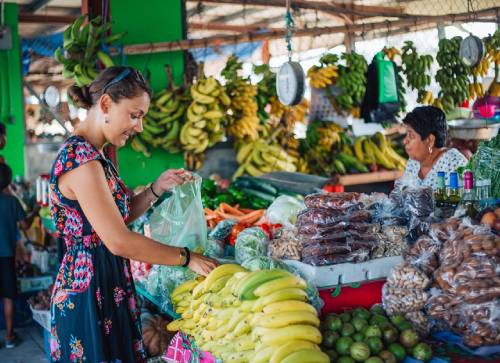
From the Michael Finnegan Market in Belize City to the vibrant San Ignacio Market in the Cayo District, Belize’s markets are more than just places to shop — they’re cultural hubs. You’ll find vendors selling colorful produce, fresh seafood, meats, spices, and handmade snacks.
The San Ignacio Market, especially on Saturdays, becomes a sensory playground — ripe mangos, coconuts, plantains, habanero peppers, cilantro, and more create an unforgettable scent trail through the aisles.
2. Key Ingredients That Power Belizean Street Food
Most Belizean street foods are built on a core set of locally sourced ingredients:
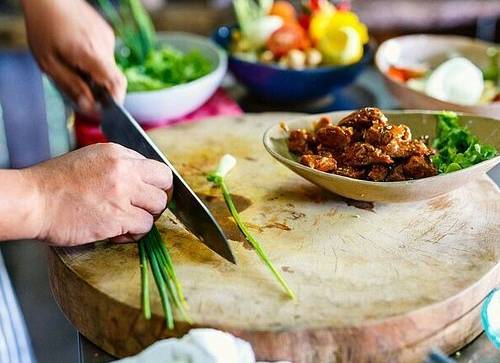
- Coconut milk: Used in rice and beans, desserts, and some tamales.
- Cassava: Found in Garifuna dishes like cassava bread and ereba.
- Plantains: Fried or baked, often served with stewed meat or as a sweet snack.
- Fresh herbs and chiles: Cilantro, oregano, and habaneros add authentic spice.
- Seafood: Snapper, lobster, and conch caught nearby often go straight from boat to market to street grill.
As the sun peaks and the pace slows, locals and tourists alike look for refreshing snacks. This is when fruit vendors become the stars of the street. Machete-wielding pros slice mangoes, pineapples, papayas, and watermelons with precision, often served with a dash of lime, chili powder, and salt — a perfect tropical pick-me-up.
3. Market Meals: Dishes You Can Find Fresh from the Stall
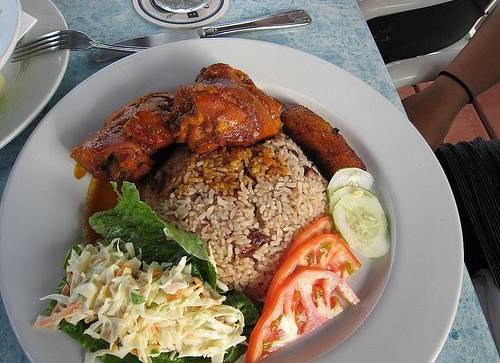
Certain market stands double as small-scale food stalls, offering hot meals right on site. Here are a few favorites that showcase this market-to-plate model:
Rice & Beans with Stew Chicken
Often made fresh using coconut milk purchased that morning at the market. You can even watch some vendors cracking coconuts on-site.
Tamales in Plantain Leaves
Made using ground cornmeal and meat, wrapped in market-sourced leaves. The difference in freshness is easy to taste.
Fresh Juices & Shaved Ice
Markets are ideal places to find tropical juices – like pineapple-ginger, limeade, or soursop – made from fruits sold just feet away.
Unlock Exclusive Tips, Offers, and Guides.
Subscribe now and be the first to access this limited-time offers.
4. Street Vendors and Market Relationships
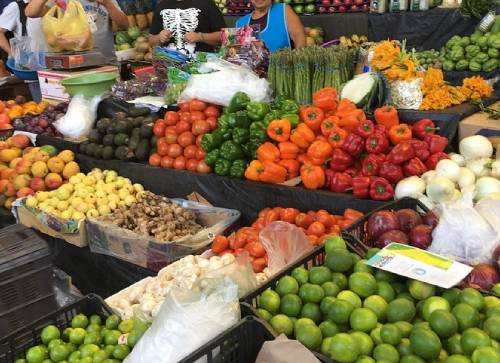
Many vendors visit the markets daily before setting up their stalls. It’s common to see vendors in town square selling tacos, salbutes, or burritos that contain vegetables they just bought that morning.
For example:
- A taco vendor may get cilantro, cabbage, and lime from a single produce stall.
- A grilled seafood cart in Placencia likely sourced its snapper or conch from the coastal market hours earlier.
This direct chain means Belizean street food is not only tasty — it’s hyper-local, seasonal, and supports small farmers.
5. DIY Experience: Cooking Classes with Market Tours
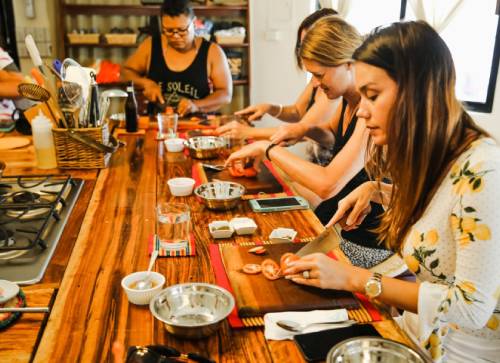
After a night out dancing or strolling along the beach, the late-night food vendors of Belize are your best friends.
Several tour operators and local chefs in Belize offer guided market tours followed by cooking classes. These immersive experiences let visitors choose ingredients from the market and then cook traditional dishes with local chefs.
Popular classes take place in:
- San Pedro
- San Ignacio
- Hopkins Village
6. Why This Matters: Supporting Local Food Systems

Exploring Belize’s markets before diving into its street food scene deepens your appreciation for the entire culinary journey. It also helps support local growers, fishermen, and small businesses that fuel the country’s food culture.
By choosing street vendors who shop locally, you’re not just eating deliciously — you’re participating in a cycle of sustainable food and community connection.
Tips for Visiting Belizean Food Markets
- Go Early: Especially on weekends when vendors bring out their freshest goods.
- Bring Small Bills: Markets usually operate on cash, and change can be limited.
- Don’t Hesitate to Ask: Vendors are friendly and often explain how to cook or use unfamiliar ingredients.
- Try Before You Buy: Many fruit vendors offer samples!
Final Thoughts: From Soil to Street
Belize’s street food scene is rooted in its markets — both literally and figuratively. Every dish you enjoy from a roadside vendor started as a seed planted in local soil or a fish pulled from nearby waters.
So next time you’re devouring a garnache or sipping fresh coconut juice in Belize, remember: you’re tasting the labor, culture, and tradition that began in the heart of a local market.

